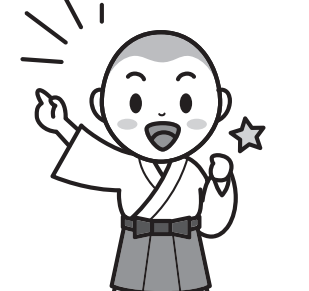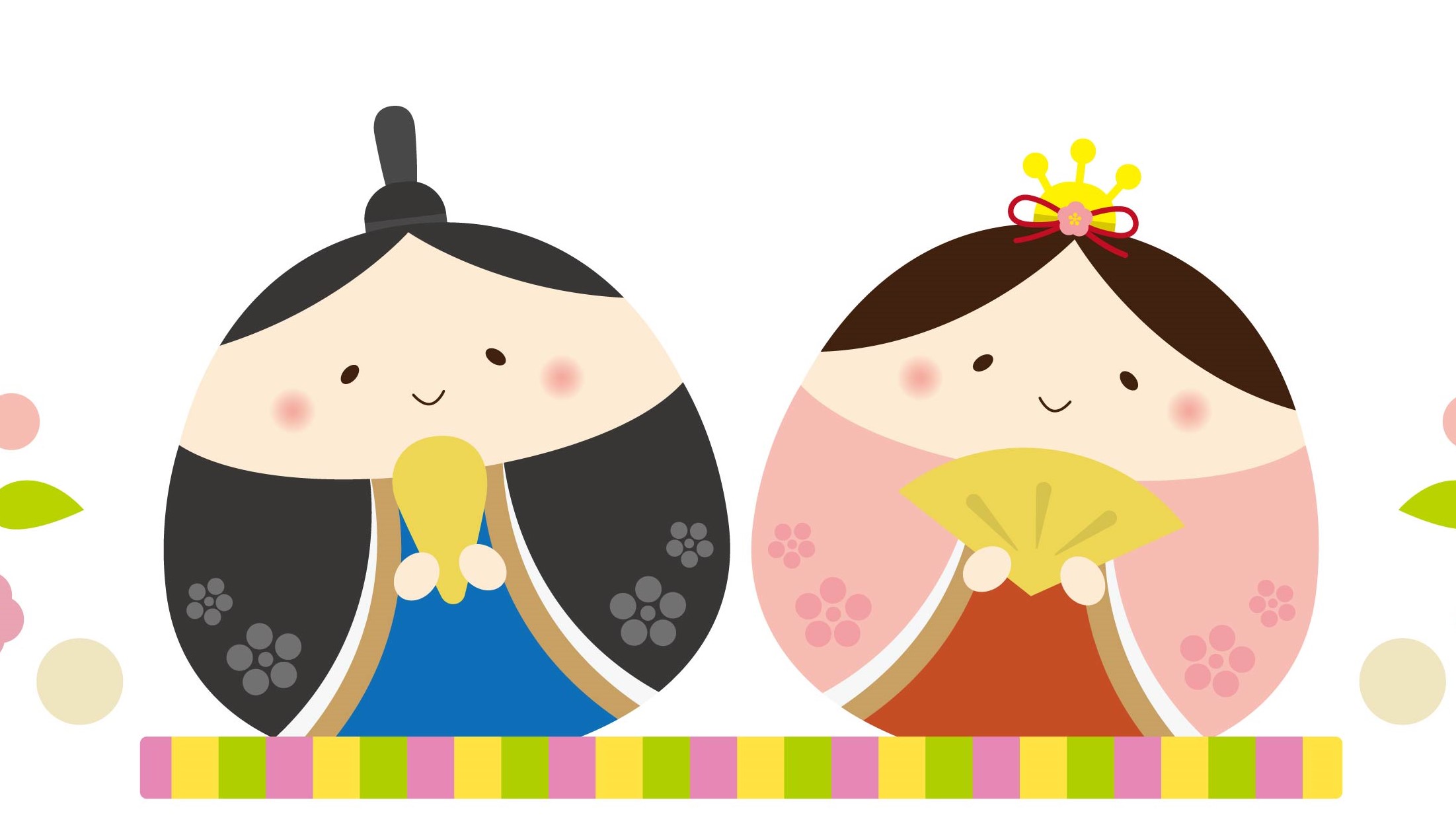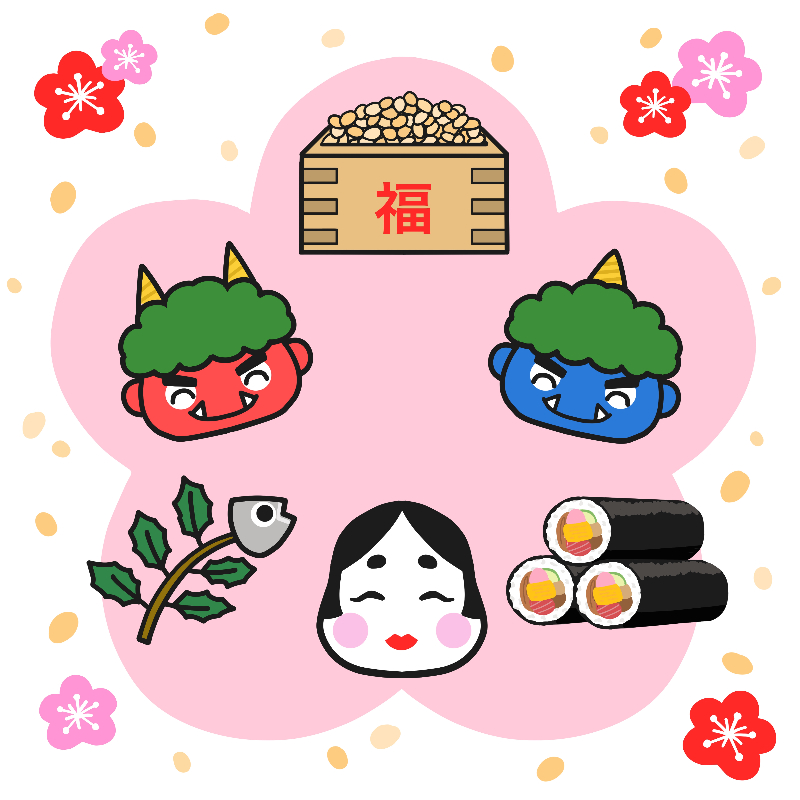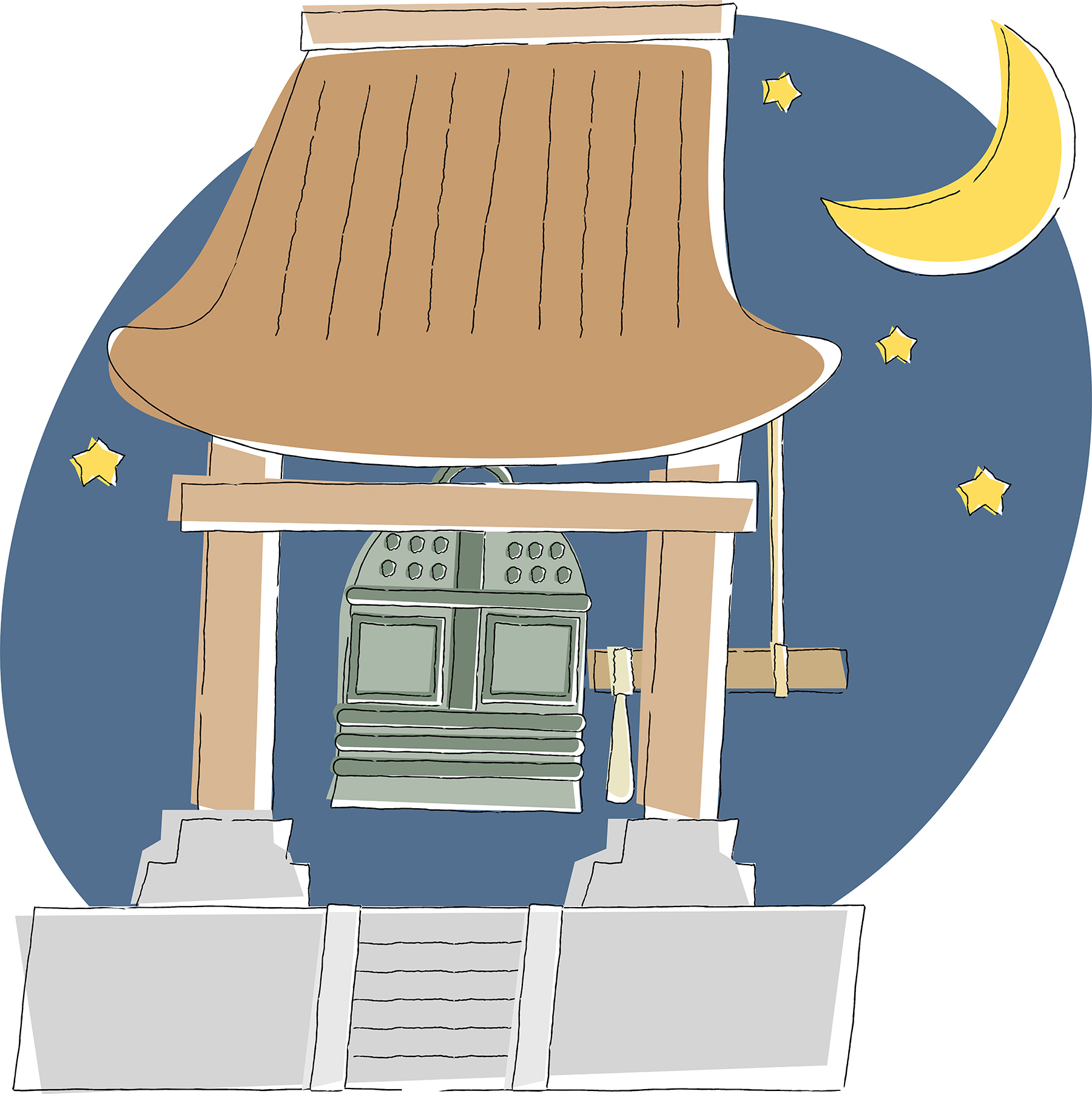
Manga: Ikkyu san
 Students learn about the historical figure Ikkyuusan by reading a manga created using very simple Japanese.
Students learn about the historical figure Ikkyuusan by reading a manga created using very simple Japanese.
Ikkyu-san (一休宗純1394-1481) is one of the most popular and well-loved Zen Buddhist monks in Japan. Thanks to a popular animated TV series, to Japanese children the young Ikkyusan is a folk hero, mischievous and always out-smarting his teachers and even the Shogun.
Ikkyusan was also an accomplished poet and calligrapher, and a rebel monk who relentlessly attacked the hypocrisy of the then corrupt Zen establishment. He entered the monastery at an early age, where he was recognised as a highly gifted pupil. After leaving the monastery he continued to practise Zen while living the life of the common people: eating meat, drinking sake, and having relations with women. He did this openly, criticising ‘hypocritical monks’ who did the same but put on a facade of religiosity, and arguing that the common life lived in the moment was a true way to enlightenment.
The wit of Ikkyusan was legendary and he is the subject of many とんち話(witty stories). These stories flourished during the Edo Period, about 200 years after his death. Some were confused with stories of other monks and some were invented, but they all reflect Ikkyu-san’s wit and humanity.
The manga which follows introduces one famous とんち話, in which the young Ikkyusan outwits the greedy おしょうさん (head priest of the temple). This story is also the subject of a famous Kyogen (狂言) play (a farce presented between Noh plays), called ‘Busu’ (附子).
Tasks
1.Provide the English story strips and manga pictures separately to students and ask them to match the story with the pictures.

2.White out the expressions below from the speech bubbles and ask students to fill in the bubbles appropriately.
いってらっしゃい いただきます ごめんなさい いってきます
3. After reading the story, students act it out and make a skit! Students’ handout for doing a skit can be downloaded below.
4. Ask students to research the following:
- The Muromachi Era (1338-1573) in Japan when Ikkyu-san lived. Compare it with the same era in other countries.
- The introduction of Buddhism, and later Zen Buddhism to Japan, and the differences between the two.
Web Links
Related resource – Play: Ikkyu san
https://jpf.org.au/classroom-resources/resources/play-ikkyusan/
Wikipedia information on Ikkyu-san.
http://en.wikipedia.org/wiki/Ikkyu
A very brief background to Zen Buddhism, and an interesting section on how to perform “zazen”.
www.ibiblio.org/zen/faq.html
More information on Buddhism and Shinto.
www.japan-guide.com/e/e2055.html
Additional Resources
- Japanese Folktales
- More about Ikkyuusan




